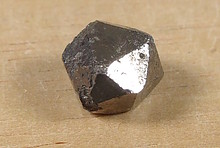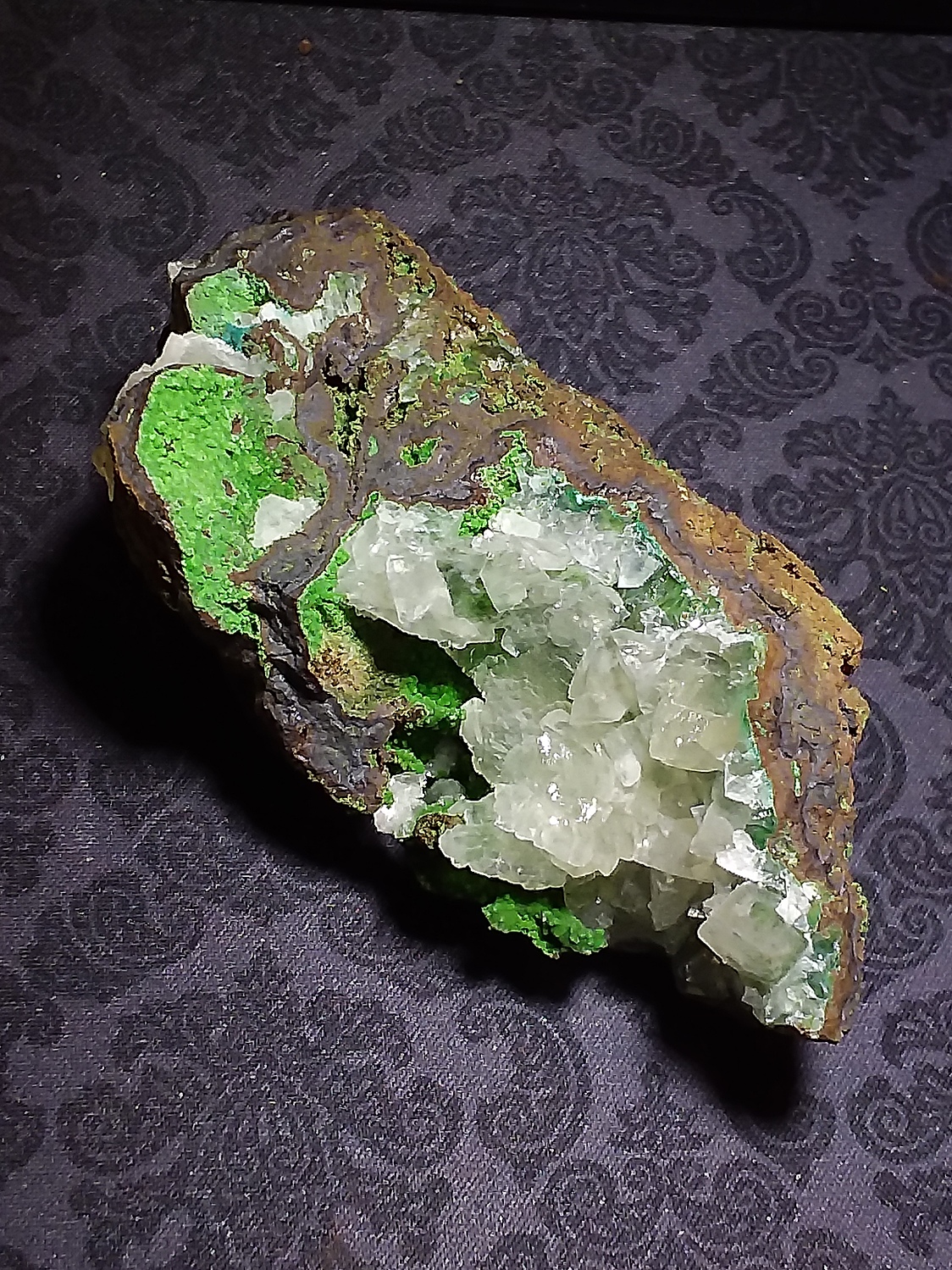Home PageAbout MindatThe Mindat ManualHistory of MindatCopyright StatusWho We AreContact UsAdvertise on Mindat
Donate to MindatCorporate SponsorshipSponsor a PageSponsored PagesMindat AdvertisersAdvertise on Mindat
Learning CenterWhat is a mineral?The most common minerals on earthInformation for EducatorsMindat ArticlesThe ElementsThe Rock H. Currier Digital LibraryGeologic Time
Minerals by PropertiesMinerals by ChemistryAdvanced Locality SearchRandom MineralRandom LocalitySearch by minIDLocalities Near MeSearch ArticlesSearch GlossaryMore Search Options
The Mindat ManualAdd a New PhotoRate PhotosLocality Edit ReportCoordinate Completion ReportAdd Glossary Item
Mining CompaniesStatisticsUsersMineral MuseumsClubs & OrganizationsMineral Shows & EventsThe Mindat DirectoryDevice SettingsThe Mineral Quiz
Photo SearchPhoto GalleriesSearch by ColorNew Photos TodayNew Photos YesterdayMembers' Photo GalleriesPast Photo of the Day GalleryPhotography
╳Discussions
💬 Home🔎 Search📅 LatestGroups
EducationOpen discussion area.Fakes & FraudsOpen discussion area.Field CollectingOpen discussion area.FossilsOpen discussion area.Gems and GemologyOpen discussion area.GeneralOpen discussion area.How to ContributeOpen discussion area.Identity HelpOpen discussion area.Improving Mindat.orgOpen discussion area.LocalitiesOpen discussion area.Lost and Stolen SpecimensOpen discussion area.MarketplaceOpen discussion area.MeteoritesOpen discussion area.Mindat ProductsOpen discussion area.Mineral ExchangesOpen discussion area.Mineral PhotographyOpen discussion area.Mineral ShowsOpen discussion area.Mineralogical ClassificationOpen discussion area.Mineralogy CourseOpen discussion area.MineralsOpen discussion area.Minerals and MuseumsOpen discussion area.PhotosOpen discussion area.Techniques for CollectorsOpen discussion area.The Rock H. Currier Digital LibraryOpen discussion area.UV MineralsOpen discussion area.Recent Images in Discussions
Techniques for CollectorsCleaning Ojuela Mine material
27th Nov 2020 18:49 UTCAndrew Haighton
The first piece has Adamite (including at least partial pinwheels), that although not huge (1.5 cm pinwheel at best), would be far better if exposed by removing the Calcite.
The second piece is a fairly large piece of vuggy limonite with Conichalcite and some Austinite on the top. Once again, although the Calcite is relatively nice, it detracts from the bright green of the other material, so I would like to remove that as well.
Looking on Mindat, I see that Adamite is easily attached by weak acids and that Conichalcite is soluble in HCl, which is easier for me to obtain than other acids such as Nitric or Oxalic.
I propose to use a higher grade of vinegar to clean up the pieces, starting with small portions of the aforementioned specimens to see if that will remove the Calcite and not affect the other minerals, and if that works go further.
Is there a better way, or has someone removed Ojuela Calcites before? Clearly HCl is not a thought (as noted above).
Thanks.
27th Nov 2020 18:55 UTCPaul Brandes 🌟 Manager
Any way to provide a photo or two to see what you're/we're dealing with??
My first thought might be to try Sulfamic Acid, but not sure what that would do to the specimens....
27th Nov 2020 20:02 UTCAndrew Haighton
I'll take some photos and post this weekend. Also, if there is Calcite around Dioptase (not on this particular material), is that also a problem to remove?
Thanks.

27th Nov 2020 20:32 UTCAlfredo Petrov Manager
30th Nov 2020 00:45 UTCAndrew Haighton
I've uploaded a few photos of both pieces.
Where do you get sulfamic acid? I'm not familiar with that one.
Thanks.
29th Nov 2020 14:03 UTCAndrew Haighton
29th Nov 2020 14:11 UTCAndrew Haighton
29th Nov 2020 14:17 UTCAndrew Haighton
I took the photos on my tablet, which is not as good as my camera. What ever I try, I'll take better before photos, and comparison photos after the treatment, and post.
Thanks.
30th Nov 2020 03:26 UTCMark Heintzelman 🌟 Expert
As for the adamite, one my own cuprian versions with this associated calcite was improved sufficiently with just a little mechanical removal around the edges of the radial aggregates, while retaining all the rest (image prior to improvement) . . . can't imagine how dull and unimpressive it would be were I to entirely stripped off all the calcite. Food for thought.

11th Dec 2020 23:35 UTCStephen C. Blyskal Expert
I was not familiar with Sulfamic acid either, but Paul Brandes turned me on to it and I found it at my local Home Depot store here in Texas. If you are not in the USA you might have to search for it. Apparently it is used commercially and comes in 1 lb plastic buckets for less than $10. It is a powder, so you mix it with warm water. Removed calcite effectively from a Michigan copper specimen.
12th Dec 2020 16:20 UTCSteve Hardinger 🌟 Expert




Mindat.org is an outreach project of the Hudson Institute of Mineralogy, a 501(c)(3) not-for-profit organization.
Copyright © mindat.org and the Hudson Institute of Mineralogy 1993-2024, except where stated. Most political location boundaries are © OpenStreetMap contributors. Mindat.org relies on the contributions of thousands of members and supporters. Founded in 2000 by Jolyon Ralph.
Privacy Policy - Terms & Conditions - Contact Us / DMCA issues - Report a bug/vulnerability Current server date and time: April 27, 2024 03:41:09
Copyright © mindat.org and the Hudson Institute of Mineralogy 1993-2024, except where stated. Most political location boundaries are © OpenStreetMap contributors. Mindat.org relies on the contributions of thousands of members and supporters. Founded in 2000 by Jolyon Ralph.
Privacy Policy - Terms & Conditions - Contact Us / DMCA issues - Report a bug/vulnerability Current server date and time: April 27, 2024 03:41:09
















